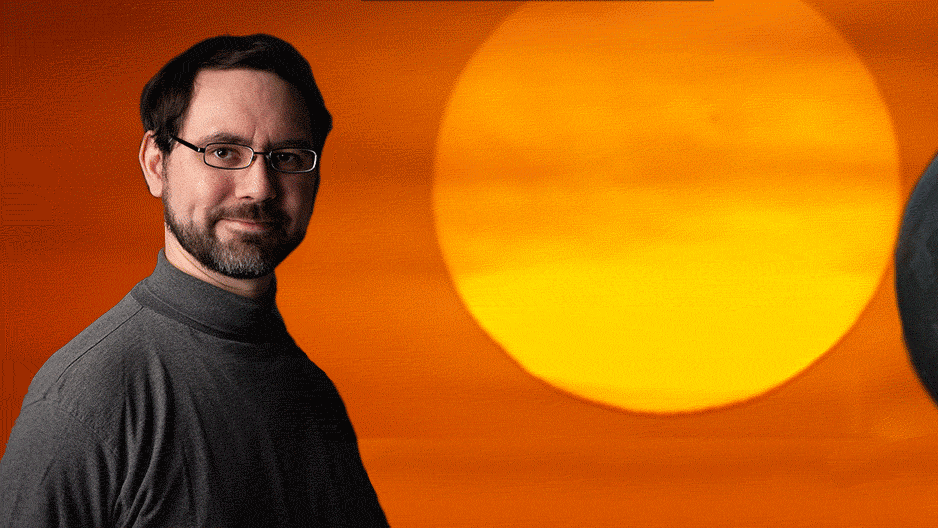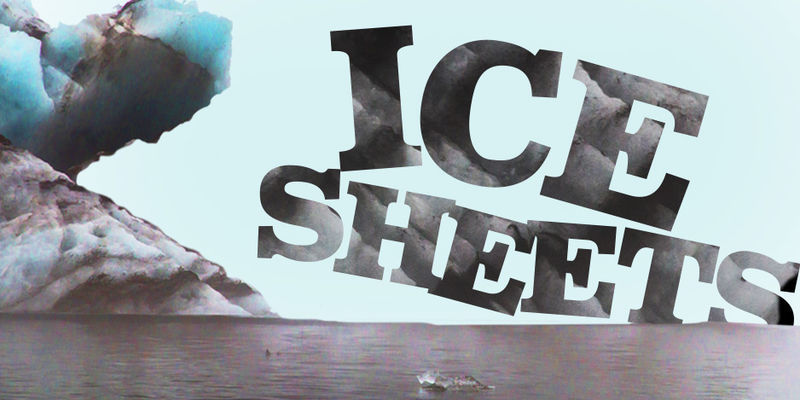An astrophysicist’s guide to the April 8 solar eclipse
This April, people in North America will get the rare opportunity to witness a total solar eclipse.

When it comes to breathtaking celestial events, few phenomena rival the awe-inspiring drama of a solar eclipse. These events capture the attention of stargazers and scientists, often resulting in large gatherings of people donning specialized eclipse glasses to stare at the sky in amazement.
The next solar eclipse will take place on April 8, and Philadelphia is luckily positioned near the eclipse path. Temple’s College of Science and Technology will host its own viewing party at Beury Beach on Main Campus. Eclipse glasses will be distributed to members of the Temple community and our neighbors so that they can safely enjoy the solar eclipse.
But what exactly is a solar eclipse, and why do they always manage to ignite our fascination? We caught up with Assistant Professor of Physics Matthew Newby, who explains the different kinds of eclipses and what makes this April’s event so exciting.
Temple Now: What kinds of eclipses are there?
Matthew Newby: There are two major types of eclipses visible from Earth: lunar and solar eclipses. For an eclipse to occur, the Earth, sun and moon must all be lined up so that either the shadow of the moon lands on Earth (a solar eclipse) or the shadow of the Earth lands on the moon (a lunar eclipse). This means that the moon must be in a full moon phase for a lunar eclipse, or a new moon phase for a solar eclipse. These phases occur roughly once a month (every 29.5 days), but we don’t see eclipses every month because the moon’s orbit around the Earth is tilted relative to the Earth’s orbit around the sun. The moon’s orbit produces two to three eclipses of each type every year.
During a solar eclipse, the moon passes directly between the sun and Earth, so that the moon’s shadow travels across the Earth’s surface. Those in the path of the moon’s shadow will see the sun darken as the moon partially blocks the sun’s light from their vantage point. Those directly under the moon’s shadow—in the path of totality—will experience a total solar eclipse, with the day becoming as dark as night for a few minutes.
Lunar eclipses are different from solar eclipses in that they are visible to everyone on the night side of the Earth when they happen. This means that most people on Earth can see around one lunar eclipse every year, weather permitting.
While solar and lunar eclipses can both be total (the object is 100% eclipsed) or partial, there is another special, rarest type of solar eclipse called an annular eclipse. The moon’s orbit around the Earth is not a perfect circle, and so the apparent size of the moon changes slightly as it gets closer and farther away. If a solar eclipse occurs when the moon is at its farthest point in its orbit, then it will appear smaller than the sun and leave a ring or “annulus” visible around the moon.
We know that the ancient Babylonians were able to predict future eclipses using mathematics, and that many other ancient cultures appear to have discovered these patterns independently.
TN: You mentioned the path of totality—what exactly is it?
MN: The path of totality is the path where the darkest part of the moon’s shadow travels over the Earth during a solar eclipse. A person in the path of totality will experience a total solar eclipse, and the sky will become completely dark for a few minutes. They will be able to see stars in the sky and animals will start their nighttime habits. In general, totality lasts for less than five minutes for any single location.
The experience of totality is so dramatic that many profound responses have been recorded through history, including whole cities dropping to the ground and praying fervently, crowds screaming at the moon to “let the sun go,” and even entire wars ending.
TN: What is special about the 2024 solar eclipse?
MN: The April 8, 2024, eclipse is special because it will provide a great view across most of the United States, and especially here in Philadelphia, where we will see 90% of the sun blocked by the moon.
The last significant solar eclipse we could view from Philadelphia happened on Aug. 21, 2017, but in general, it is rare to witness such significant eclipses without having to travel. While eclipse events happen somewhat regularly, most solar eclipses occur over oceans and miss populated areas. If you stay in the same location on Earth your whole life, you will see two or three major solar eclipses during your lifetime, and probably never experience totality. So, this April’s eclipse marks the last significant eclipse we can view from Philadelphia for some time.
TN: Why do we need to wear special glasses during a solar eclipse?
MN: To view the sun safely you need to remove 99.999% of the sun’s light. That is, you need to block all but 1 part in 100,000 of the incoming rays. At 90% coverage, like we’ll have in Philadelphia on April 8, you still have 1 part in 10 of the sun’s light coming through, so this eclipse will not be safe to view without eye protection. Regular sunglasses block only half of the sun’s light, at best, so they are essentially useless for viewing the sun safely. Specially made eclipse glasses and solar telescopes do block enough light to view the sun. So, make sure you’re using the right equipment! We will have both eclipse glasses and solar telescopes at our viewing event at Beury Beach.
There is a myth that it is more dangerous to look at the sun during an eclipse, but it is equally dangerous. What makes eclipses dangerous is that there’s a reason to look at the sun! Staring directly at the sun for more than a quick glance has resulted in cases of permanent headaches, permanent blindness and, very rarely, death.
Never view the sun through magnifying glasses, binoculars or telescopes that have not been approved by an official organization. Concentrated sunlight can result in immediate and permanent blindness.
TN: When is the next eclipse?
MN: There will be several minor solar eclipses and a few moderate ones over the next few decades. You can find more information about these events near Philadelphia using this eclipse tracker. In fact, the next partial solar eclipse viewable from Philadelphia will happen in March 2025, although this eclipse will be nothing like the eclipse on April 8.
From Philadelphia, the next time we will see a solar eclipse with 90% coverage of the sun won’t happen until March 30, 2078, so if you miss this one, you’ll have to wait a long time for the next one!
Also read
Science at Temple: The College of Science and Technology is home to top-notch faculty, exciting research opportunities and coursework that prepares students for a career in the science fields.
Physics at Temple: The Department of Physics offers research and scholarship in theoretical and experimental elementary particle physics; condensed matter physics; atomic, molecular and optical physics; and statistical mechanics.
Become an Owl: Learn more about applying for one of our undergraduate, graduate or professional programs.


